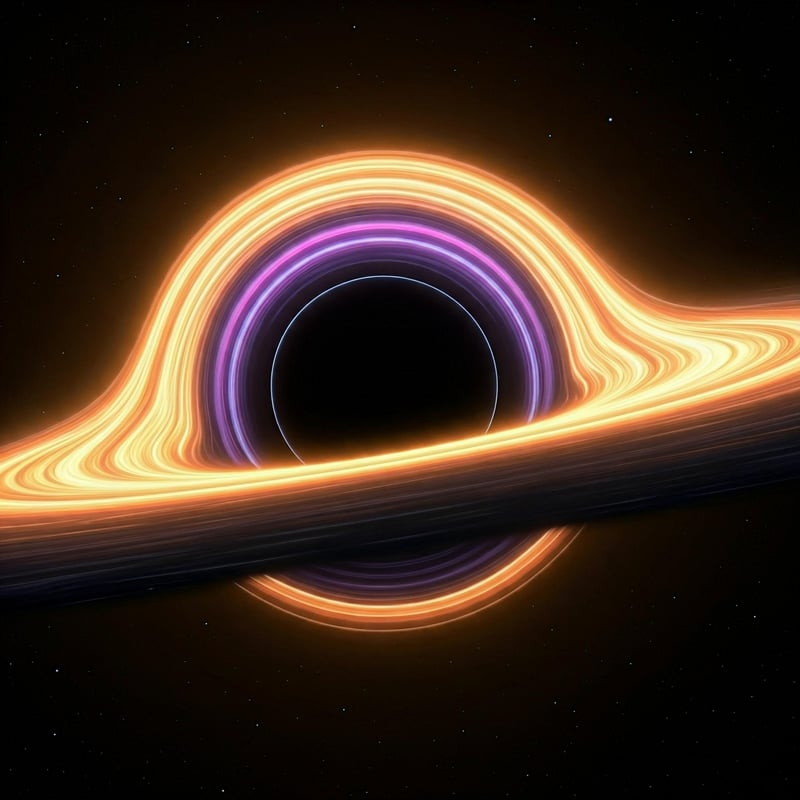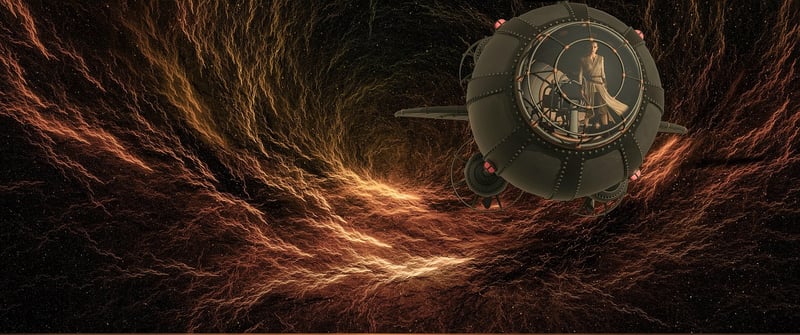Wormholes
The Science Behind Time Travel and Wormholes
Time travel has long been a fascinating concept in science fiction, but is it actually possible according to our current understanding of physics? Let's delve into the science behind time travel and explore the intriguing concept of wormholes.
Time Travel
According to the theory of relativity proposed by Albert Einstein, time is not a constant but is relative and can be affected by gravity and speed. This theory forms the basis for the possibility of time travel. However, traveling back in time is a much-debated topic among physicists.
Types of Time Travel
- Forward Time Travel: Moving forward in time is relatively uncontroversial and is a common occurrence in our daily lives.
- Backward Time Travel: The idea of traveling back in time raises paradoxes such as the grandfather paradox, where a time traveler could potentially prevent their own existence.
Wormholes
Wormholes are theoretical passages through spacetime that could create shortcuts for long journeys across the universe. They are often depicted in science fiction as portals for time travel.
How Wormholes Work
Wormholes are believed to be possible within the framework of general relativity. By connecting two points in spacetime, they could allow for faster-than-light travel and potentially even time travel. However, the existence of wormholes has not been proven, and their stability remains a significant challenge.
Conclusion
While the concept of time travel and wormholes is captivating, the scientific community has yet to discover definitive evidence supporting the practicality of these phenomena. As our understanding of physics continues to evolve, who knows what discoveries the future may hold?

Explore more about the science of time travel and wormholes through reputable sources like Space.com and National Geographic - Space.
